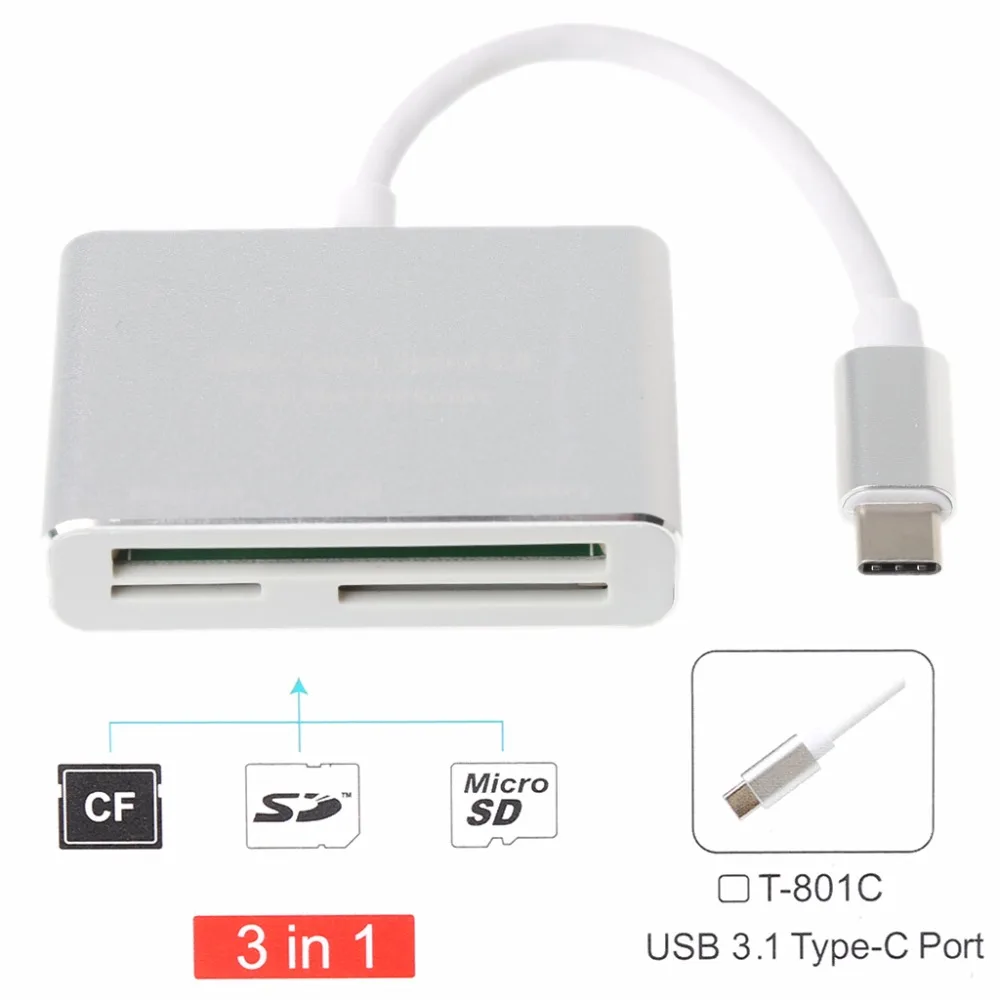MacBook Pro's SD card reader can read standard SD (up to 2GB), SDHC (up to 32GB) and SDXC (up to 2TB) cards. The card reader won't recognize any SD card that doesn't have the standard size, 32 mm. A cheaper alternative to consider is Anker 2-in-1 Card Reader, which can read both SD and microSD cards. Now, let's move to the subject – formatting an SD card on MacBook Pro & Air. Connect the SD or microSD card to your Mac computer. Navigate to Disk Utility, which you can find in Applications Utility.

The SD (Secure Digital) memory card is a stable or non-volatile memory card or storage system known to last a long time like a standard HDD but has the portable accessibility of the more volatile flash drive. All modern Macintosh computers, from your iMacs to your MacBooks and everything in between and beyond, make use of the SD slot to allow access to SD media. Notepad in macbook pro.
With that said, how should you go about opening your SD card? Simple 4 track recording software. https://downlload939.weebly.com/boom-3d-1-2-49.html.
What You Need
Sd Card To Macbook Pro
You will need the following:
- SD card
- Passive adapter
- Laptop or MacBook computer
- PC or desktop Macintosh computer
Steps Involved in Accessing Files from Your SD Card Using a Mac
- Step 1: Simply put your SD card into the SD slot and let the computer read it. The SD slot of a typical Mac should be able to access standard 4MB- 2GB standard SD cards, SDHC (Secure Digital High Capacity) 4MB-32GB cards, 4GB-2TB SDXC, MMC (MultiMedia Cards), and UHS-II (up to 2TB) cards, but the last one only works on iMac Pro.
- Step 2: If your computer lacks an SD slot that's the right size for MiniSD or MicroSD cards, you can still access the SD using a passive adapter. This adapter allows the abovementioned cards and their high-density counterparts like MiniSDHC and MicroSDHC to conform to the thickness and width specifications of these extra small yet powerful SD formats.
- Step 3: You know that you've gained access to the SD card if a drive icon has appeared on your desktop. It can be named anything you want if you've named it prior through your device. To access your SD card, just click on the drive icon. You can now do with the contents of your SD memory card as you see fit. You can open them on your photo viewer or editor, copy them unto your hard drive, delete certain files, and even reformat your SD from there like a regular HDD or flash drive.
- Step 4: To manipulate the files for copying, pasting, cutting, and deleting, just highlight them with your mouse or touchpad and then right-click or press Ctrl and then click in order to get a dropdown menu enabling you to manipulate the files any way you wish. Just take note that when deleting these files they typically go to your Mac's Trash program. In order to unleash the full capacity of your SD, you have to empty the trash bin first. You can also reformat the whole thing for a clean swipe.
- Step 5: Some Macintosh PCs have an SD (Secure Digital) or SDXC (Secure Digital Extended Capacity) card slot. If your desktop or laptop PC has the latter then that means you have a wider array of SD cards to open. The extended capacity card enables you to read and write data to SD media as though you're using it as your own personal flash drive even if it's a camera SD card, while the SD slot is limited to copy, move, delete, and reformat.
Conclusion Apple mac ssd.
Macbook Pro Will Not Read Sd Card
All the modern versions of the Mac can access SD cards as long as they've existed. Therefore, even the greenest of newbies to Macintosh or Apple computing should be able to figure out how to access their SD card regardless of what format it is. If worse comes to worst, you might have to get a passive adapter for Micro or Mini SD cards.
